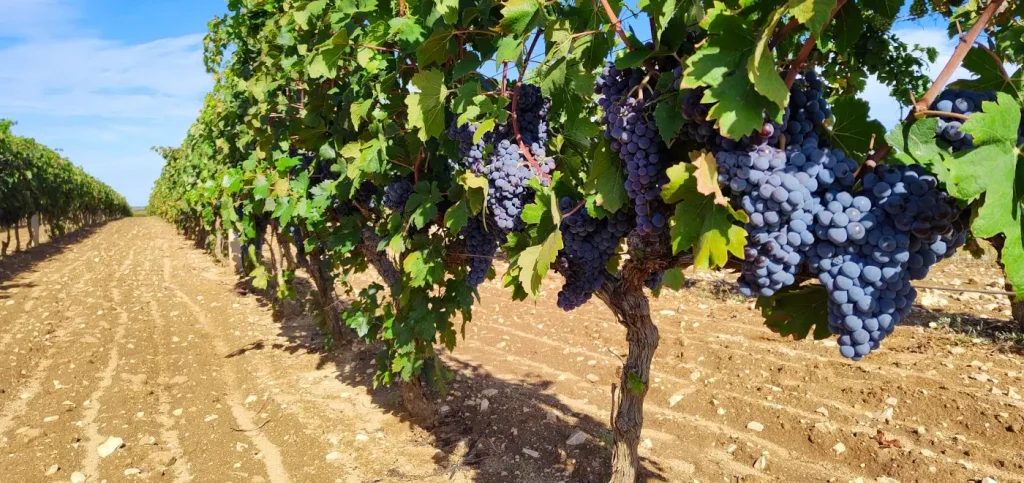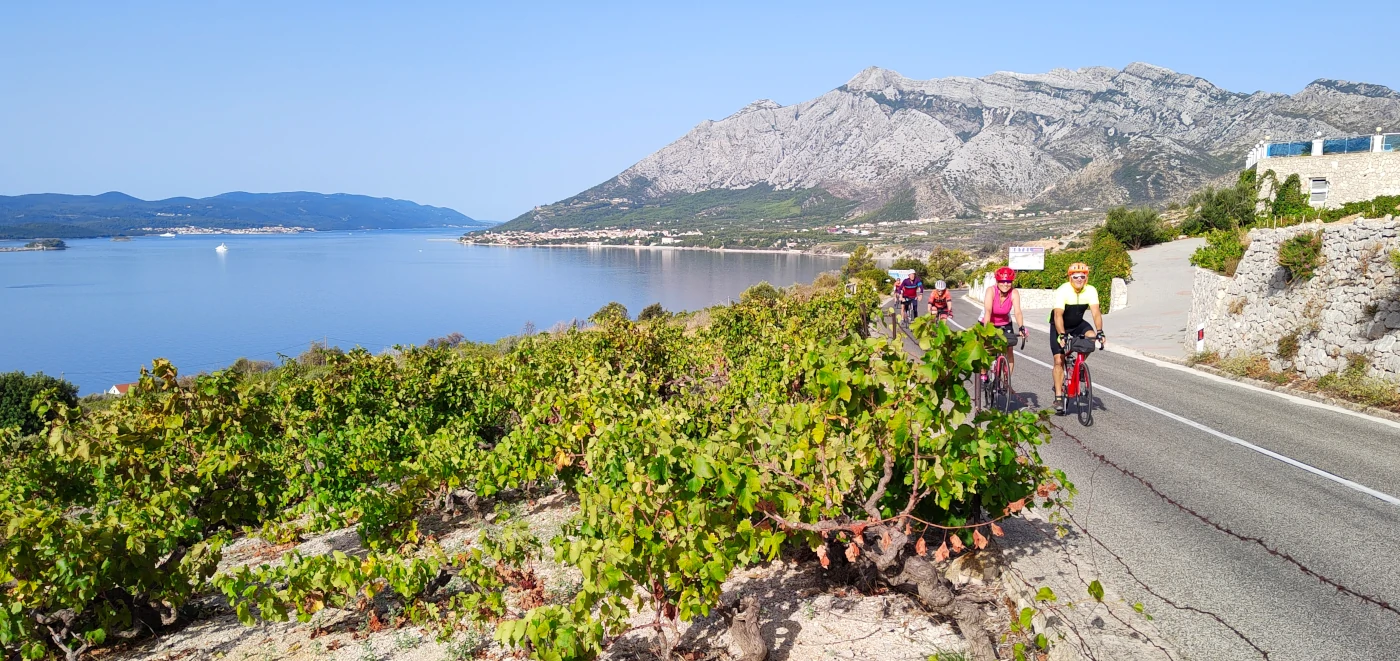A fascinating tale weaves through the vineyards of Dalmatia, Puglia, and California, binding them together with a thread as red as the wines they produce. This thread is the shared lineage of an ancient vine, Crljenak Kaštelanski, revealing a captivating history of Plavac Mali, Primitivo, and Zinfandel.
The Croatian Story: Plavac Mali’s Coastal Beginnings
In the sun-dappled coastal vineyards of Dalmatia, our tale begins with the robust Plavac Mali, a grape known for its rich flavors and bold tannins, deeply rooted in Croatian wine making traditions. The twist in our story emerges from the curiosity-driven research of scientists, including Dr. Carole Meredith of the University of California, Davis. Their groundbreaking work in DNA profiling uncovered the unexpected: Zinfandel’s genetic twin in a Croatian grape, Crljenak Kaštelanski, a progenitor of Plavac Mali.

The Italian Connection: Primitivo di Manduria’s Early Ripeness
Across the Adriatic in Puglia, another grape, Primitivo di Manduria, known for its early ripening (aptly named “Primitivo”, meaning “early” in Italian), shares a genetic kinship with Zinfandel. This bold and fruity grape sparked debates and further research into its relationship with its American counterpart.
The American tale: Zinfandel’s New World Odyssey
Zinfandel’s journey to the United States is a narrative rich in migration and adaptation. Believed to have arrived in the early 19th century, it flourished in California’s welcoming climate, becoming a cornerstone of American winemaking. However, the revelation of its Croatian roots and its connection to Plavac Mali and Primitivo painted Zinfandel not merely as an American grape, but as a member of an international grape family.
Understanding the sisterhood
This connection between Plavac Mali, Primitivo, and Zinfandel is more than a mere curiosity; it is a testament to the grape’s resilience and the shared history of winemaking across diverse lands. Despite thriving in different soils and climates, these grapes weave a tapestry of shared genetics, celebrated in each distinct glass – from Plavac Mali’s peppery depth to Primitivo’s fruity boldness, and Zinfandel’s jammy robustness.
Embark on a wine journey
To truly immerse yourself in the story of these intertwined grapes, I invite you to journey to their ancestral lands. Imagine wandering through the ancient vineyards of Dalmatia, where the Adriatic Sea whispers tales of Plavac Mali. Each glass of wine here is a sip of history, infused with the essence of Croatian culture. Similarly, in Puglia, the sun-drenched landscapes offer more than scenic beauty; they provide a haven for Primitivo, allowing you to experience the grape in its authentic splendor. This journey is not just about tasting wine; it’s about living the story of a grape that has traversed continents and centuries. So, pack your bags and set forth on an adventure that promises not only a deeper understanding of these grapes but also an enriching cultural experience in the heart of Dalmatia and Puglia.
These are some of our recommendations:
Conclusion
The intertwined stories of Plavac Mali, Primitivo, and Zinfandel underscore the importance of scientific exploration in the wine world. These grapes, with their shared heritage, remind us that every glass of wine is not just a beverage but a narrative spanning continents and eras. As you savor a glass of Zinfandel, Primitivo, or Plavac Mali, remember, you are partaking in a timeless celebration of the grape’s enduring sisterhood.


